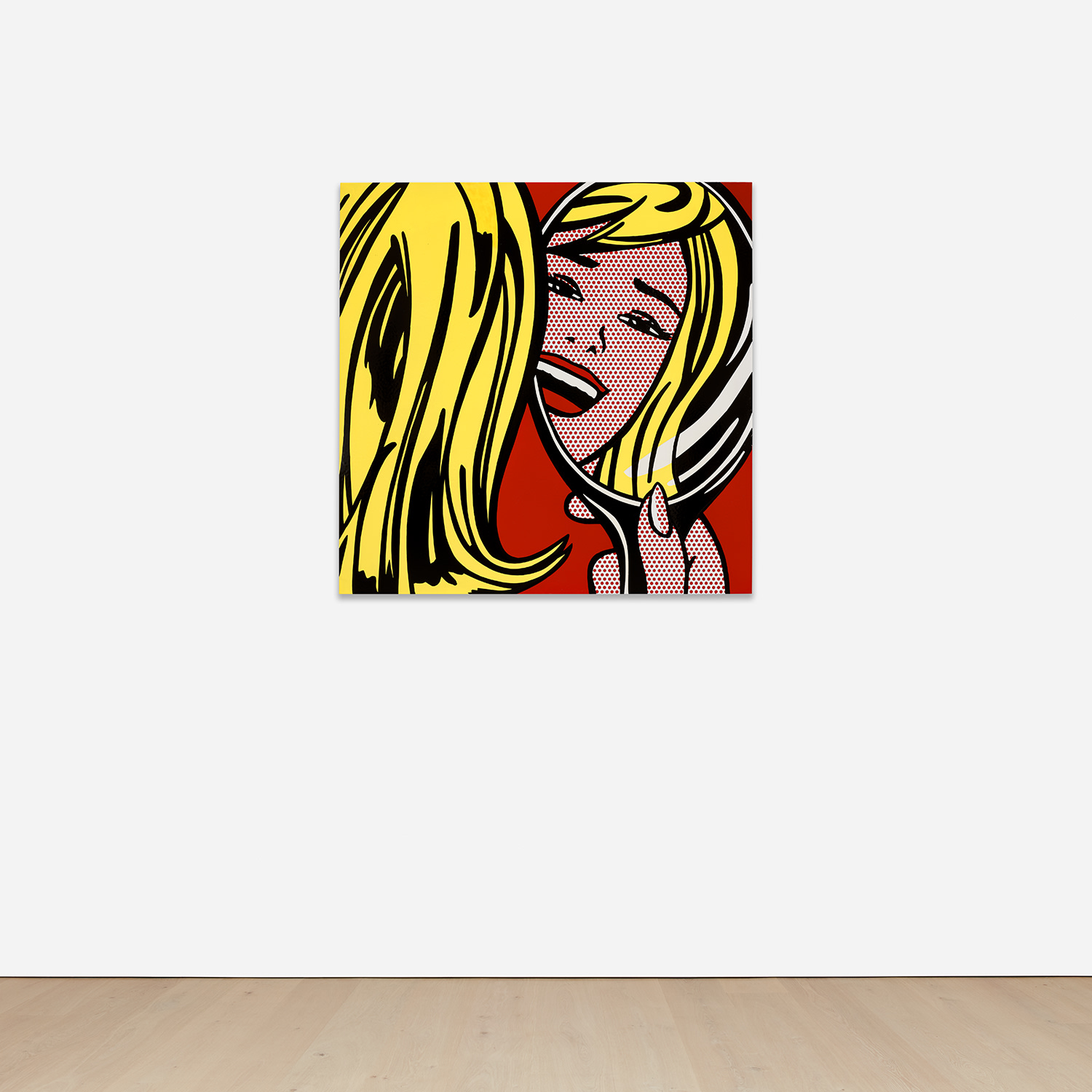



Private Collection Sold in Benefit of Museu Vassouras, Rio de Janeiro, Brazil
35
Roy Lichtenstein
Girl in Mirror
signed and dated "rf Lichtenstein 1964" on the reverse
porcelain enamel on steel
41 7/8 x 41 7/8 x 1 1/8 in. (106.4 x 106.4 x 2.9 cm)
Executed in 1964, this work is number 1 from an edition of 8 plus 2 artist’s proofs.